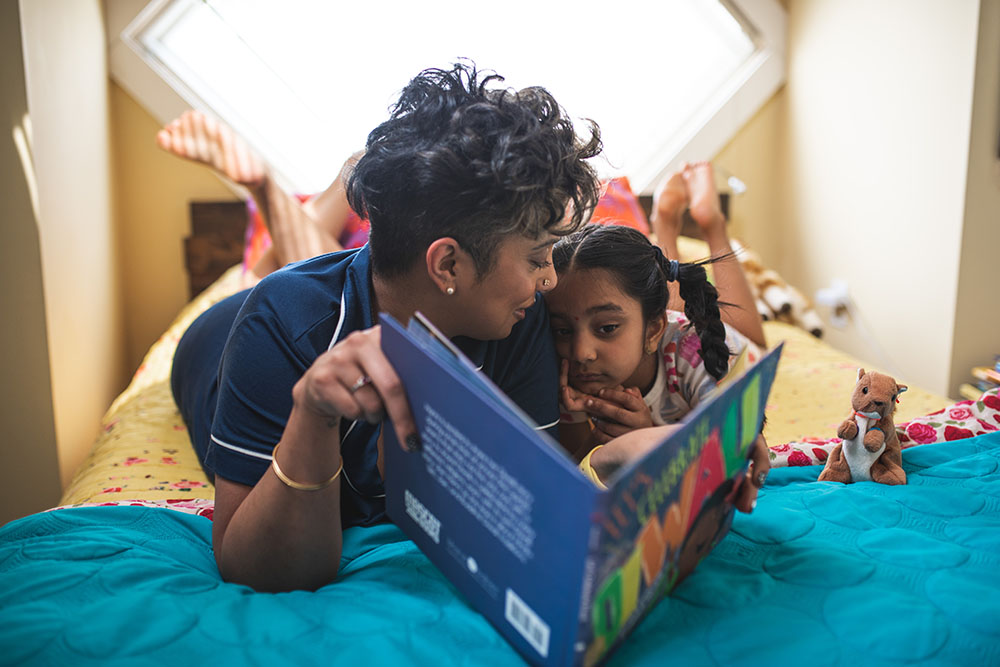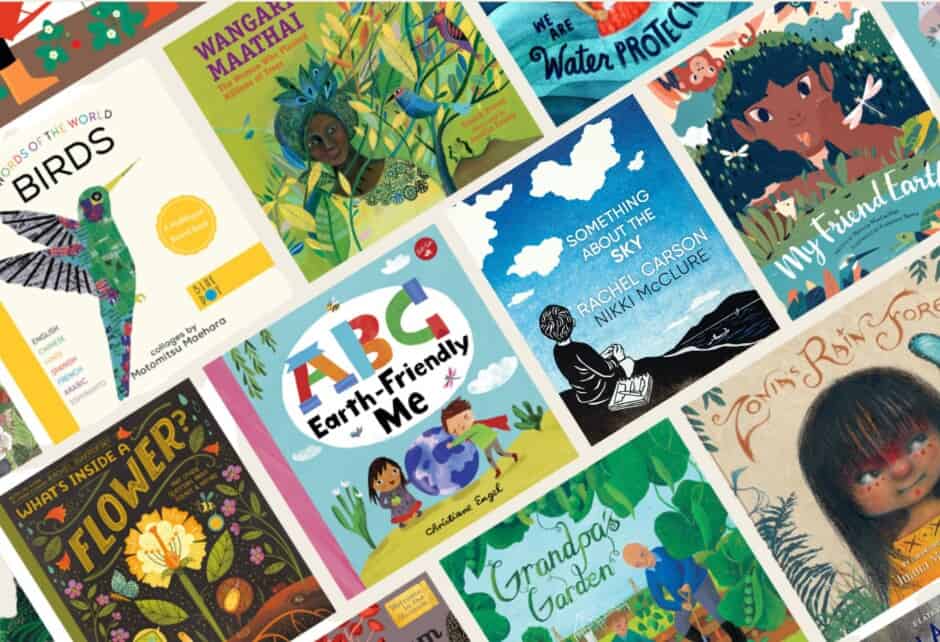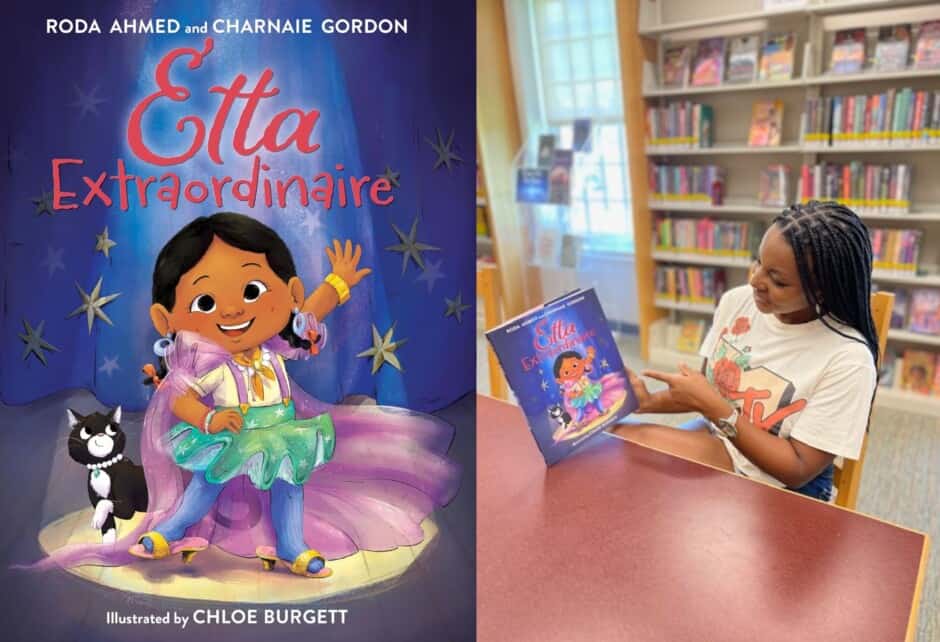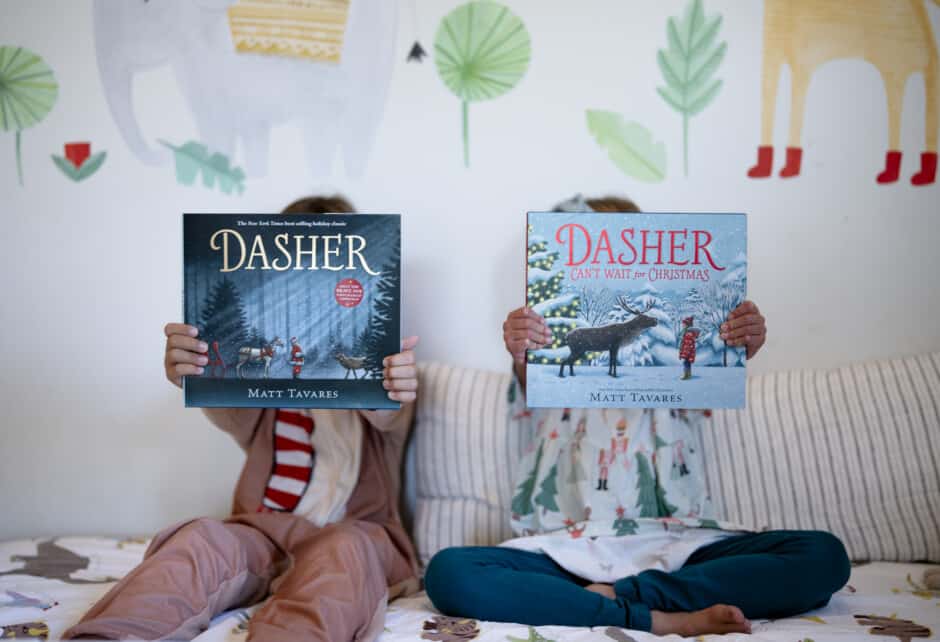
Mom Talk: Why Diversity In Children’s Books Is Vital
Written by Sailaja Joshi
Photography by Photo by BLIP Photography
While diversity in kid-lit has certainly accelerated over the last few years when it comes to characters and storylines, as well as authors and illustrators—there’s still a long way to go when it comes to representing the vast array of kids in this world. Sailaja Joshi is looking to help this cause with her company Mango & Marigold Press, an award-winning independent publishing house that shares the sweet and savory stories of the South Asian experience. Below, she tells us her story and why more diversity in children’s books is a win-win for everyone.
The seed for the idea for Mango & Marigold Press came to me right before the birth of my daughter. I was having a library-themed baby shower, so of course I put lots of books on my baby registry. As a sociologist and someone who understood the power of books, I knew I wanted options that reflected my daughter’s history and heritage. When I started to do research, I was really frustrated at what I saw. The small selection of books featuring Indian or South Asian characters on the market were developmentally inappropriate, culturally inaccurate or insensitive, and not what I wanted on my daughter’s bookshelf. It was in this moment I realized I must do something about this.
When I founded Mango & Marigold Press in 2015, I made it my mission to publish children’s books that were for all children and families, not just the South Asian community. This was so important to me because it’s essential that we allow children to not just see themselves, but more importantly, other children who are different from themselves doing wonderful things. While our books share South Asian stories, they’re also on many levels universal stories that all children can enjoy and learn from. What’s more, I wanted to publish stories that increased the options of stories available to children. From my own experience, I knew there was a severe problem with the lack of diversity in children’s books, and that what was out there was completely misrepresenting underrepresented communities.
As parents, we have an amazing ability to mold and shape our children’s young minds and create lifelong morals and values that will help them better themselves and the world through the literature we read to them and provide them with. Teaching kids about diversity and acceptance is a large part of our responsibilities.
A good book can be a great way to start the conversation and create a new way of thinking without your children even realizing it. At a young age, children’s minds are like sponges—quickly absorbing everything they see and hear. Incorporating diverse literature at these early stages makes it easier for a child to absorb and form a sense of acceptance. By providing our children with diverse books, we open up the world to them, showing them that diversity is the nature of humanity—not an initiative.
Representation matters in children’s literature. Every child deserves to see him or herself on the cover of a book. In my experience, the smile on a child’s face when the characters in a book have names like theirs, look like them, or have experiences that they recognize is priceless. But it’s not just about the kids who are represented in each book. These stories need to—and should—be on every bookshelf. All kids should have the opportunity to see the world through lenses of people who are different from them, and watering down stories to align with a dominant lens only serves to uplift those already in power.
It’s vital that parents consider what characters and stories are taking up space on their children’s bookshelves. Leveraging literature that represents communities other than your own will help bring forth a generation of compassionate children. After all, we could all use more compassion in the world we’re currently living in.
Are you a mother with something to say? Send us an email to be considered for our “Mom Talk” column.
Share this story




